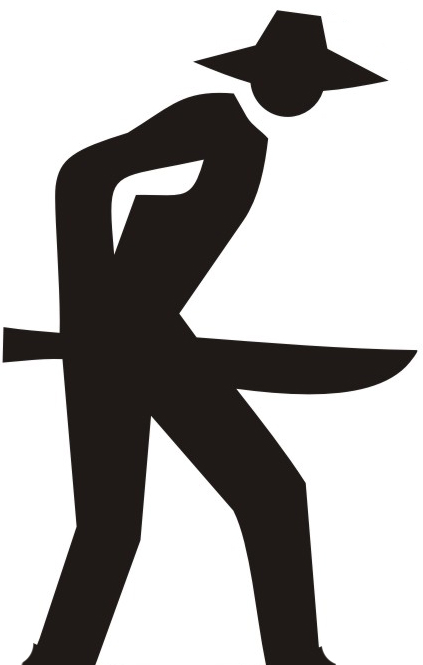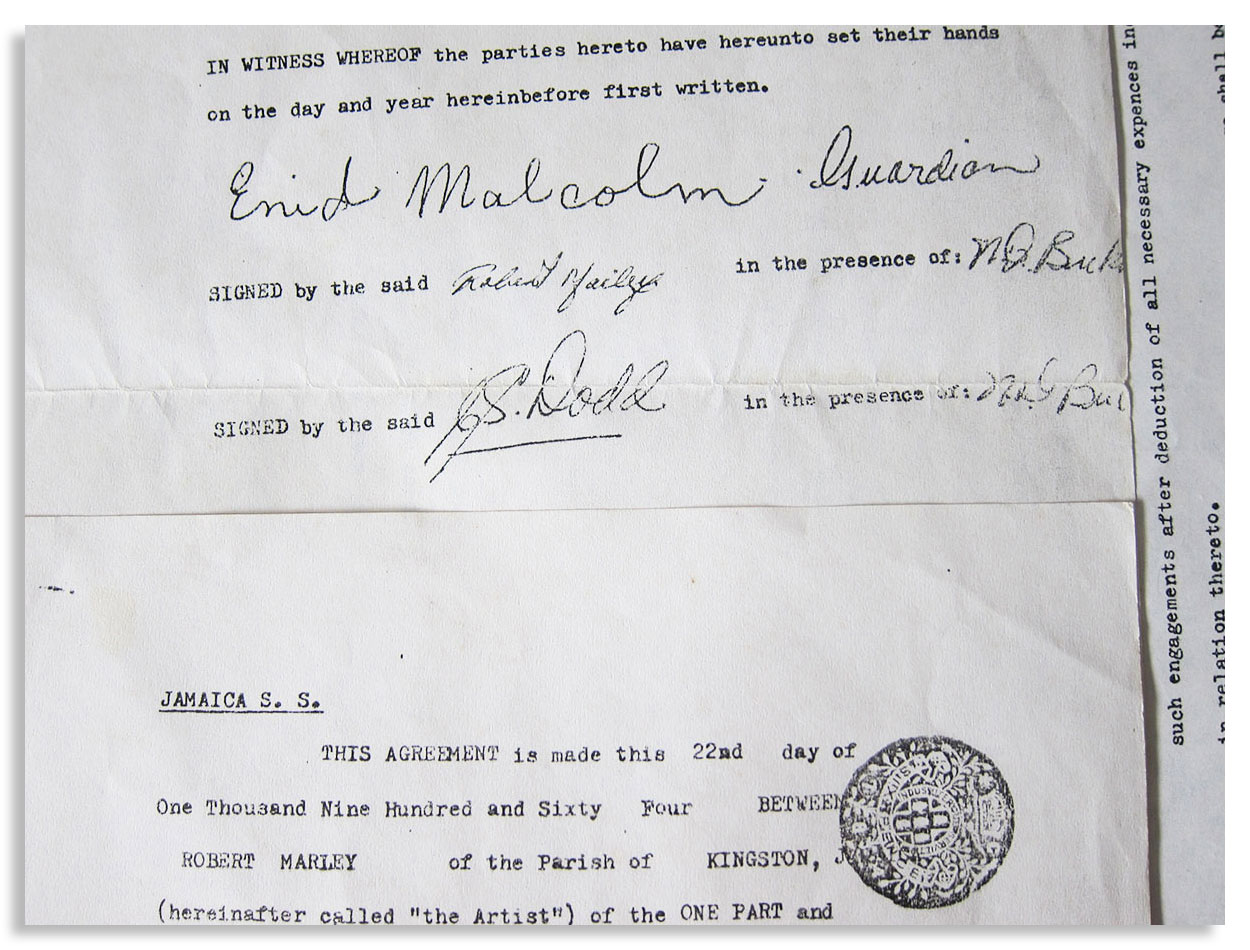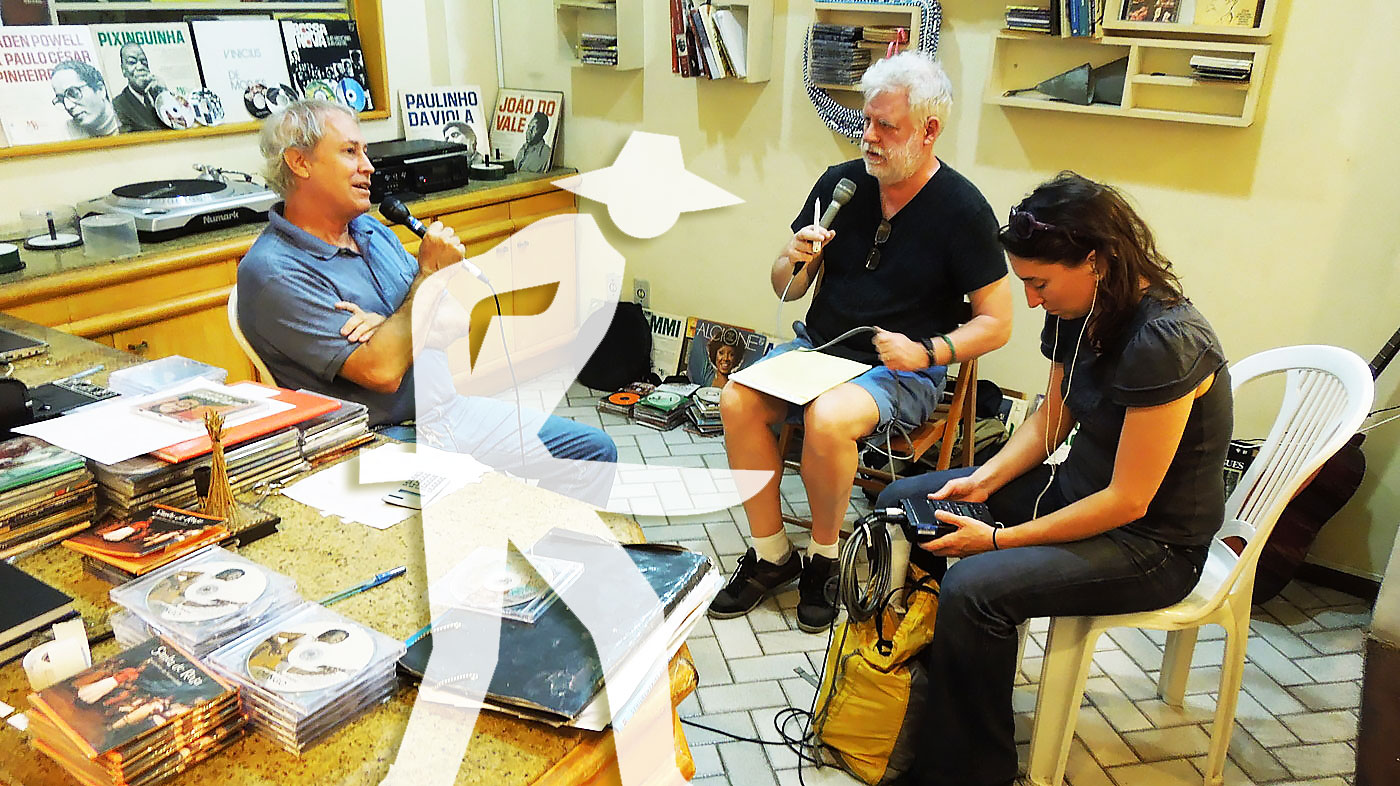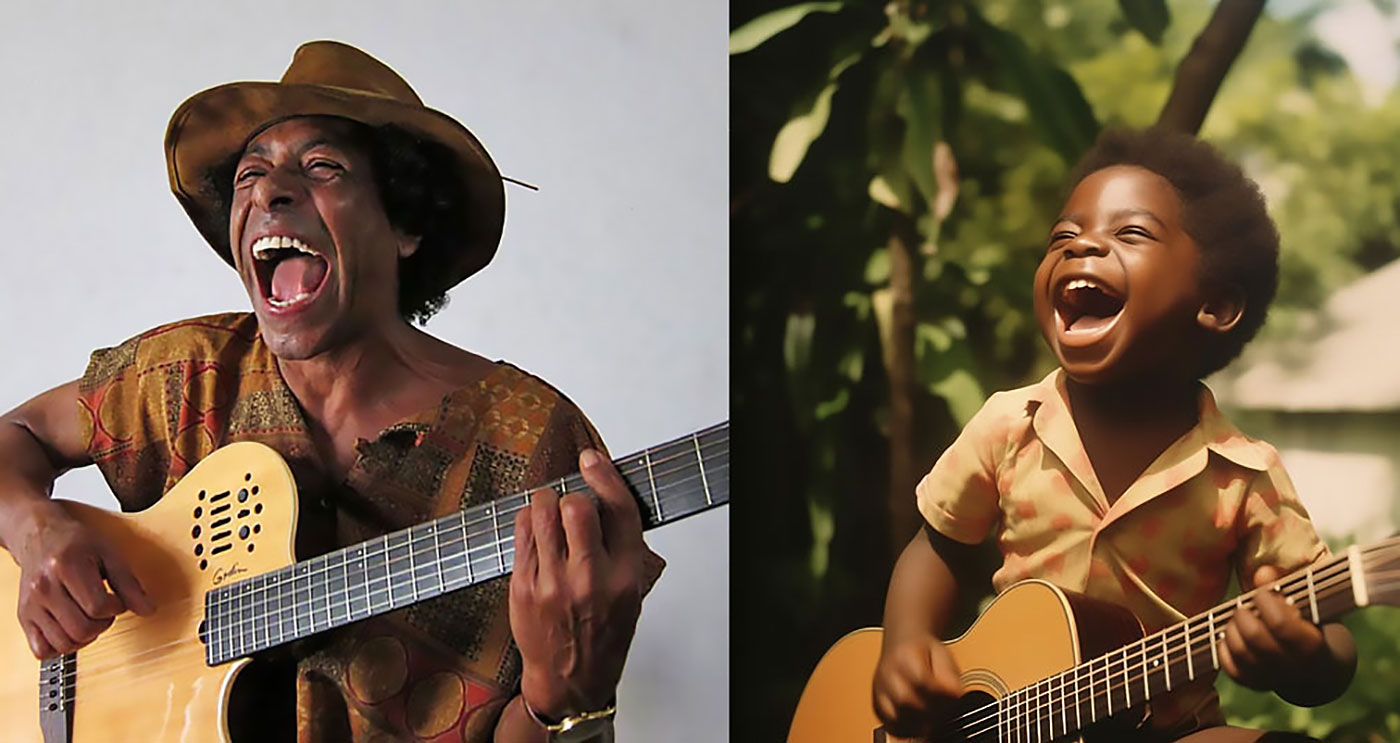CURATION
- from this page: by Matrix
Network Node
- Name: Batanj Luthier
- City/Place: Salvador, Bahia
- Country: Brazil
Life & Work
-
Bio:
Fábio Batanj nasceu em Salvador-BA e começou a trabalhar no conserto e construção de instrumentos musicais no início dos anos 90, com 17 anos.
Seu primeiro instrumento construído foi a guitarra baiana. Sempre respeitando o projeto original e tradicional do instrumento proveniente dos seus inventores, apoia e divulga a guitarra baiana como patrimônio histórico e cultural baiano e brasileiro assim como a maneira peculiar de tocar o instrumento que originou a escola trieletrizada.
Desenvolveu técnicas construtivas contribuindo para o avanço e modernização do instrumento e introduziu com eficiência a alavanca tremolo sem a necessidade da trava, e micro-afinação como uma opção de vibrado para o instrumento.
Atualmente, recebe encomendas de várias partes do Brasil e do exterior. a exemplo da Europa, Japão, Estados Unidos e Canadá, e constrói instrumentos para parceiros como: Júlio Caldas, Morotó Slim, Marcos Moletta (Moraes Moreira), Roberto Barreto (Baiana System), banda Natiruts, Almir Côrtes, Terry King (USA), dentre outros.
Há alguns anos vem desenvolvendo uma pesquisa direcionada à construção de captadores autorais dedicados à guitarra baiana.
ENGLISH
Fábio Batanj was born in Salvador-Bahia and began working on the repair and construction of musical instruments in the early 90's, at the age of 17.
His first-built instrument was the Guitarra Baiana. Always respecting the original and traditional design of the instrument, as coming from its inventors, Fabio supports and divulges the Guitarra Baiana in its Bahian and Brazilian historical and cultural heritage as well as the peculiar way of playing the instrument which gave origin to the trieletrizada school.
Fabio developed constructive techniques contributing to the advancement and modernization of the instrument, and efficiently introduced the tremolo lever without the need of locking and micro-tuning as a vibrating option for the instrument.
Currently Fabio receives orders from various parts of Brazil and abroad, including Europe, Japan, the United States and Canada, and he builds instruments for partners such as: Júlio Caldas, Morotó Slim, Marcos Moletta (Moraes Moreira), Roberto Barreto (Baiana System), band Natiruts, Almir Côrtes, Terry King (USA), and others.
For some years now, he has been developing research aimed at the construction of guitar pickups dedicated to the Guitarra Baiana.
Contact Information
- Email: [email protected]
- Telephone: +55 (71) 9 9964-7983
Media | Markets
- ▶ Instagram: batanj_luthier
- ▶ YouTube Channel: http://www.youtube.com/@Batanj
Clips (more may be added)
-
BATANJ LUTHIERIA
55 views
-
PRS STYLE GUITAR by Batanj Luthier (English Subtitles)
113 views
"In a small world great things are possible." The small world phenomenon ("6 degrees of separation") + personal curation for the 1st time on planet Earth.

In this matrix it's not which pill you take, it's which pathways you take, pathways originating in the sprawling cultural matrix of Brazil: Indigenous, African, Sephardic and then Ashkenazic, European, Asian... Ground Zero is the Recôncavo, delineated by the Bay of All Saints, earthly center of gravity for the disembarkation of enslaved human beings — and the sublimity they created — presided over by the ineffable Black Rome of Brazil: Salvador da Bahia.
("Black Rome" is an appellation per Caetano Veloso, son of the Recôncavo, via Mãe Aninha of Ilê Axé Opô Afonjá.)
THE MATRIX MISSION: What do Jimmy Cliff, Jimmy Page, and Dionne Warwick all have in common? They've all lived in Bahia and Dionne is moving back (visitors include Kareem Abdul-Jabbar, Spike Lee, Michael Jackson, Beyoncé, David Byrne and Sting, among others). But so have lived and now live untold numbers of Bahian creators whose magisterial work has never had the major media means to reach beyond limited surroundings. In order that the creators of Bahia might have global reach, all creators must have global reach.
QED: 'mātriks / "source" / from "mater", Latin for "mother". We're real mothers for ya!
"Dear Sparrow: I am thrilled to receive your email! Thank you for including me in this wonderful matrix."
—Susan Rogers: Personal recording engineer for Prince, inc. "Purple Rain", "Sign o' the Times", "Around the World in a Day"... Director of the Berklee Music Perception and Cognition Laboratory
"Thanks! It looks great!....I didn't write 'Cantaloupe Island' though...Herbie Hancock did! Great Page though, well done! best, Randy"
"We appreciate you including Kamasi in the matrix, Sparrow."
—Banch Abegaze: manager, Kamasi Washington
"This is super impressive work ! Congratulations ! Thanks for including me :)))"
—Clarice Assad: Pianist and composer with works performed by Yo Yo Ma and orchestras around the world
"Dear Sparrow, Many thanks for this – I am touched!"
—Julian Lloyd-Webber: UK's premier cellist; brother of Andrew Lloyd Webber (Evita, Jesus Christ Superstar, Cats, Phantom of the Opera...)
"Thanks, this is a brilliant idea!!"
—Alicia Svigals: World's premier klezmer violinist
Developed here in the Historic Center of Salvador da Bahia ↓ .
![]() Bule Bule (Assis Valente)
Bule Bule (Assis Valente)
"♫ The time has come for these bronzed people to show their value..."
Production: Betão Aguiar
MATRIX MODUS OPERANDI
Recommend somebody and you will appear on that person's page. Somebody recommends you and they will appear on your page.
Both pulled by the inexorable mathematical gravity of the small world phenomenon to within range of everybody inside.
And by logical extension, to within range of all humanity outside as well.
8 billion human beings tend to within six degrees of connection to each other.
In a small world great things are possible.
MATRIX (PARDAL)
I'm Pardal here in Brazil (that's "Sparrow" in English). The deep roots of this project are in Manhattan, where Allen Klein (managed the Beatles and The Rolling Stones) called me about royalties for the estate of Sam Cooke... where Jerry Ragovoy (co-wrote Time is On My Side, sung by the Stones; Piece of My Heart, Janis Joplin of course; and Pata Pata, sung by the great Miriam Makeba) called me looking for unpaid royalties... where I did contract and licensing for Carlinhos Brown's participation on Bahia Black with Wayne Shorter and Herbie Hancock...
...where I rescued unpaid royalties for Aretha Franklin (from Atlantic Records), Barbra Streisand (from CBS Records), Led Zeppelin, Mongo Santamaria, Gilberto Gil, Astrud Gilberto, Airto Moreira, Jim Hall, Wah Wah Watson (Melvin Ragin), Ray Barretto, Philip Glass, Clement "Sir Coxsone" Dodd for his interest in Bob Marley compositions, Cat Stevens/Yusuf Islam and others...
...where I worked with Earl "Speedo" Carroll of the Cadillacs (who went from doo-wopping as a kid on Harlem streetcorners to top of the charts to working as a janitor at P.S. 87 in Manhattan without ever losing what it was that made him special in the first place), and with Jake and Zeke Carey of The Flamingos (I Only Have Eyes for You)... stuff like that.

Yeah this is Bob's first record contract, made with Clement "Sir Coxsone" Dodd of Studio One and co-signed by his aunt because he was under 21. I took it to Black Rock to argue with CBS' lawyers about the royalties they didn't want to pay (they paid).
MATRIX MUSICAL
I built the Matrix below (I'm below left, with David Dye & Kim Junod for U.S. National Public Radio) among some of the world's most powerfully moving music, some of it made by people barely known beyond village borders. Or in the case of Sodré, his anthem A MASSA — a paean to Brazil's poor ("our pain is the pain of a timid boy, a calf stepped on...") — having blasted from every radio between the Amazon and Brazil's industrial south, before he was silenced. The Matrix started with Sodré, with João do Boi, with Roberto Mendes, with Bule Bule, with Roque Ferreira... music rooted in the sugarcane plantations of Bahia. Hence our logo (a cane cutter).
A Massa (do povo carente) / The Masses (of people in need)

-
Add to my PlaylistA Massa - Raymundo Sodré (7,093 plays)
-
Add to my PlaylistSina de Cantador - Raymundo So... (6,909 plays)
-
Add to my PlaylistMagnetismo - Raymundo Sodré ... (6,353 plays)
-
Add to my PlaylistSacando a Cana - Raymundo Sodr... (5,957 plays)
-
Add to my PlaylistMêrêrê - Raymundo Sodré (5,465 plays)
-
Add to my PlaylistJardim do Amor - Raymundo Sodr... (4,677 plays)
-
Add to my PlaylistDebaixo do Céu - Raymundo Sodr... (4,151 plays)
-
Add to my PlaylistDesejo de Amar - Raymundo Sodr... (3,861 plays)
-
Add to my PlaylistOração pra Yá Oxum - Raymundo ... (3,741 plays)
-
Add to my PlaylistYá África - Raymundo Sodré (3,509 plays)
-
Add to my PlaylistMeu Rio, Cadê o Papel - Raymun... (3,177 plays)
-
Add to my PlaylistCasa de Trois - Raymundo Sodré... (2,896 plays)
-
Add to my PlaylistMulher é Laço que Prende o Coração do Vaqueiro - R... (2,556 plays)












































































































































































































































































































































































































































































